
When not relaxing in the sun, summer is the perfect time to try new activities. Need some inspiration? Check out this quick guide to some of the best energy-boosting, stress-busting activities not to miss this season.
Slacklining
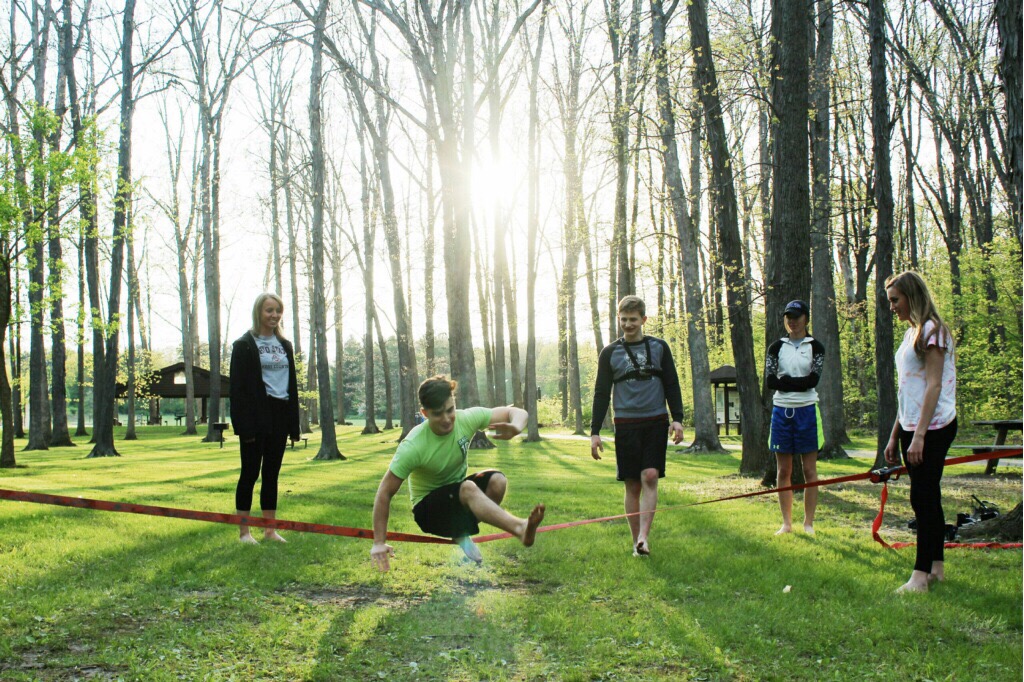
Slacklining is to tightrope walking what stand up paddle boarding is to surfing. Easy to carry around, the “slackline” – polyester webbing that is positioned between two anchor points – can be taken anywhere.
In your garden, in the woods, in the park… or between two mountain peaks! This is called “highlining,” and Nathan Paulin is the world record holder in this sport.
You can easily get started on your own by picking up some gear from specialty outdoor stores, climbing shops, or sports retail chains. A beginner slackline costs only around $35.
A few beginner’s tips:
- You are best off on soft ground, without any roots or rocks
- Strap the slackline around two trees: stretch and fasten the webbing and sit down, putting all your weight in the middle. If it remains more than 8 inches above the ground, it’s the ideal height to start off and still feel comfortable
- Check that the webbing is properly secured between the two anchor points and follows the recommendations set out in the instructions
- Go barefoot and start at one end
Benefits:
- An excellent group activity: although you might only cover a few feet at the start, you will progress quickly. Seeing who can go the furthest is great motivation!
- Compact kit
- Works your balance and improves sense of body positioning
Climbing
First and foremost, climbing is a great activity to help you overcome a fear of heights and work on self-control. There are several levels of difficulty, graded from 5.2 to 5.15c in the United States. The higher the grading, the harder the route is to climb, taking into account both skill and endurance. Using this system, you can find the route that best matches your skill level and get the most of out of it.
Where should you start? It depends on the type of climbing. There are several disciplines, including bouldering and route climbing, which can be practiced both indoors and outdoors.
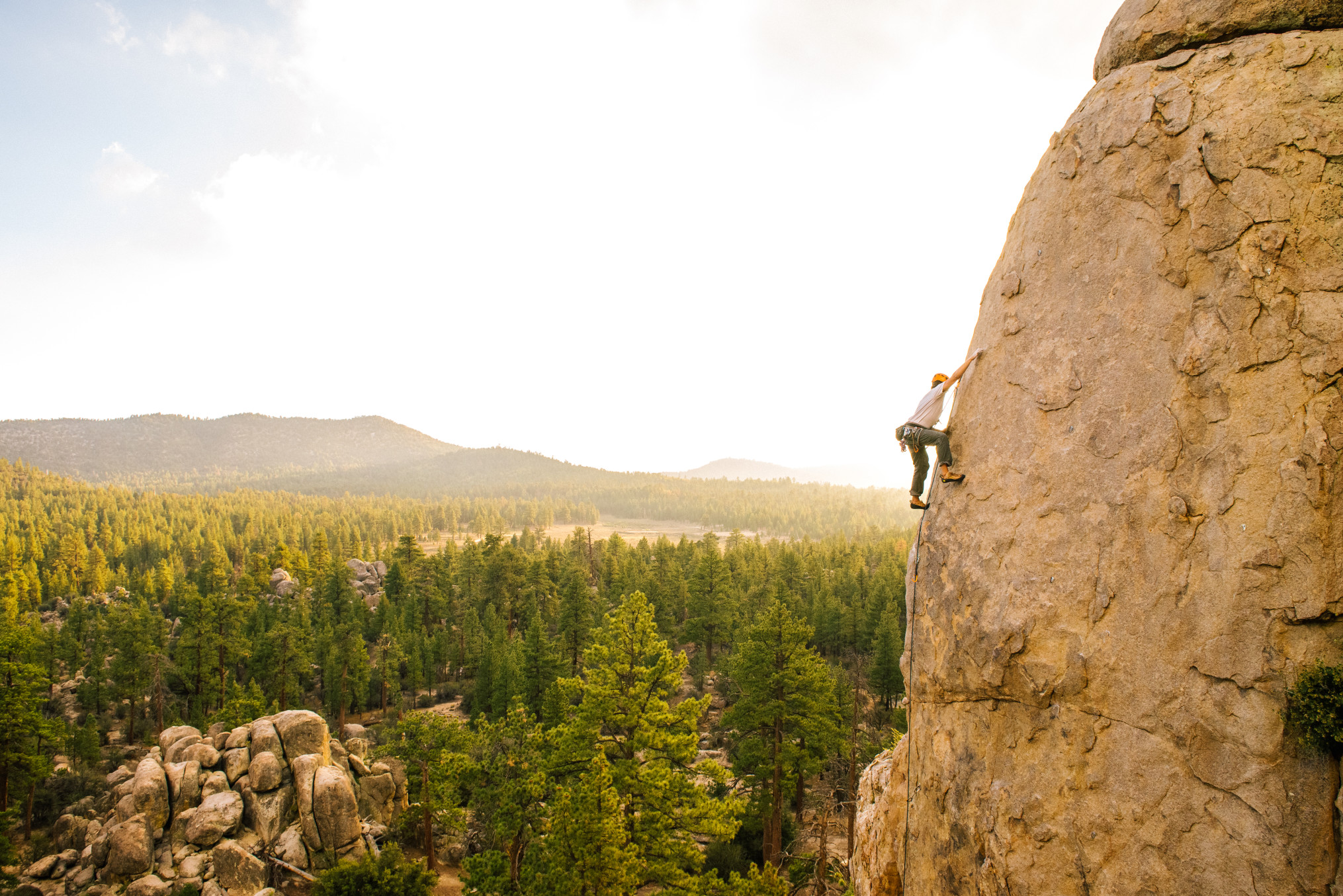
Route climbing: We strongly recommend you start off with an instructor. They will explain the techniques and practical recommendations for starting off safely. There’s nothing like picking up valuable tips right from your first session: lifting your feet, positioning your fingers, learning to take your time.
Equipped with a harness, carabiner, descender and a pair of climbing shoes, you can tackle routes secured by a second person. The more experienced climbers will “lead climb” and clip their rope onto each new “quickdraw” attached along the route. Beginners can “top-rope” climb: the rope is already set up along the whole of the route, giving a feeling of safety, which is reassuring when first starting out. There’s nothing like the feeling of gaining the first few feet of height, but once at the top of the route, you can really appreciate the effort you’ve put in and the satisfaction of pushing your limits. You’ll then be ready for next time, perhaps even with a higher difficulty level.
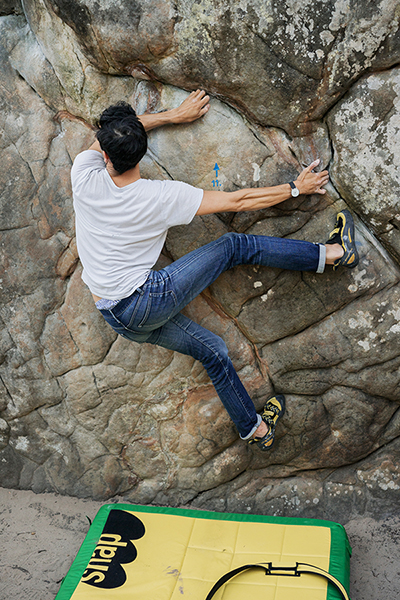
Bouldering: With no rope or harness, bouldering is generally practiced over shorter routes of 6 to 12 feet, over large rocks, for example. If you fall, crash pads laid out on the floor are there to soften the impact. This is a great activity to do with friends, to push your limits in a safe environment.
Benefits:
- Climbing works your whole body: mind, arms and legs. It’s not uncommon to have “pumped up” forearms—a sign that you have really pushed your limits!
- Outdoor climbing: there’s nothing better than being in the great outdoors. When you touch the rock face, you’ll experience new sensations and see your surroundings in a whole new light
- Indoor climbing: an excellent way to start out and to perfect your skills close to home, as more and more indoor climbing centers are open 7 days a week
Stand up paddle boarding (SUP)
Wider and thicker than traditional surfboards, stand up paddle boards allow you to explore the water while standing up and paddling along. The activity has roots in Polynesia.
Once you’ve familiarized yourself with the board, the aim of the game is simple: staying balanced! But don’t worry – it’s all about having fun. You can even kneel on the board and paddle to start out. In no time at all, you’ll be standing up on your board and paddling with an ankle leash for safety.
Apart from paddling, there are also other ways of using your stand-up paddle board, such as wave surfing, or riding the waves alongside surfers and bodyboarders. Just remember to follow the priority system: the surfer closest to the breaking part of the wave has priority. Or you can try yoga on your board, which can induce pure relaxation on the water, where poses take on a whole new dimension.
Benefits:
- Relatively accessible: paddling on a calm body of water is the perfect way to start. Avoid crowded beaches and waves that might knock you off your balance at the start
- A good workout for the muscles, especially the abs and back
Gravel cycling
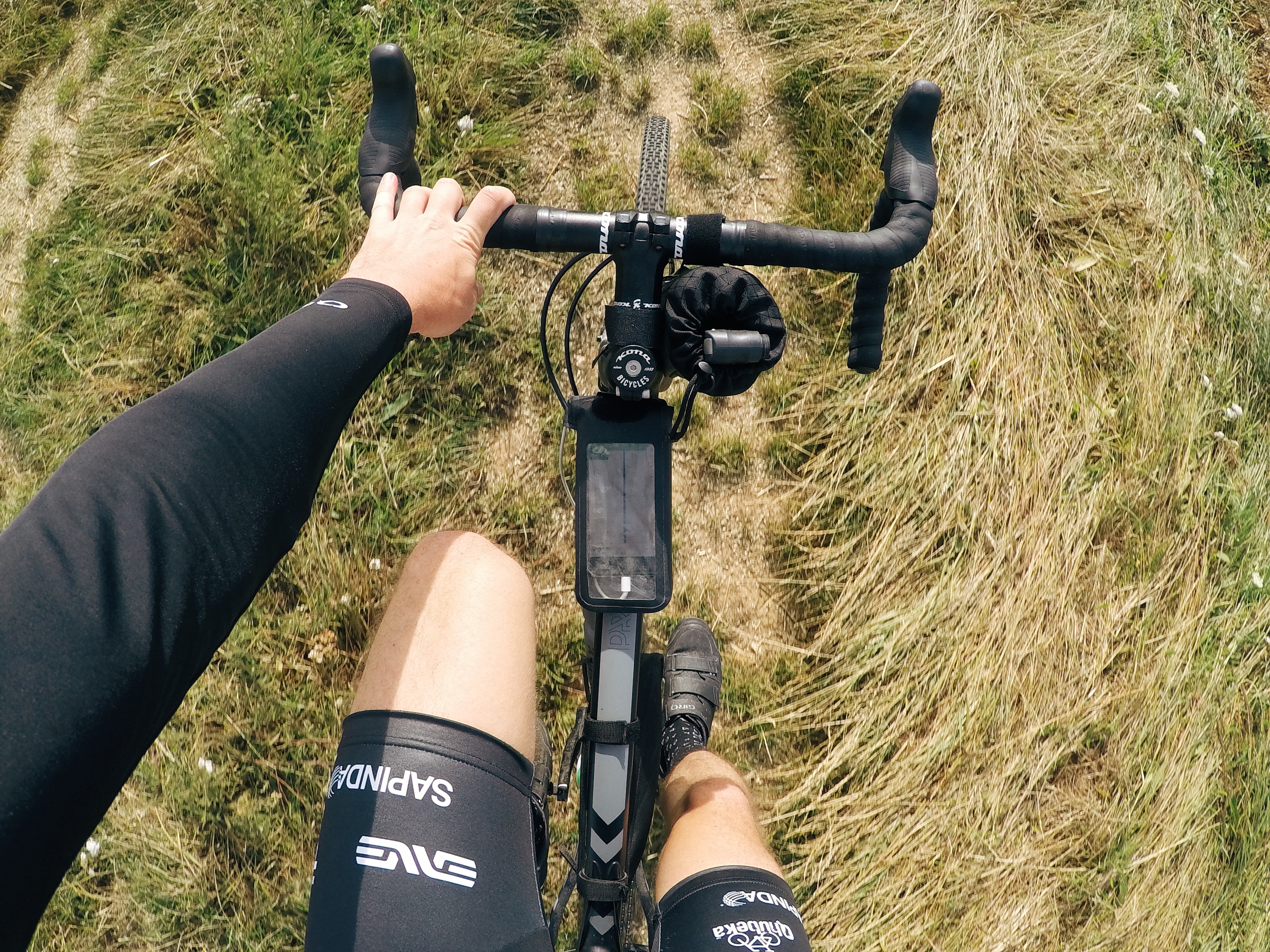
Do you like cycling? Adventurers can enjoy riding a gravel bike across all terrain in the great outdoors.
Halfway between a road bike and a cyclocross bike, the frame of the gravel bike has been designed to cover miles on all types of terrain: if you switch from the road to a forest trail, the ride will feel comfortable throughout, with tire lugs that aren’t as wide as those found on mountain bikes.
Benefits:
- A do-it-all, go-anywhere bike
- Handlebar/frame bag or luggage carrier: the gravel bike can be fitted with handy accessories for a bike ride over several days, including a tent
- When you come back, there’s a strong chance you won’t want to leave your bike’s side. What if it became your new favorite way to get to work?
Canoeing
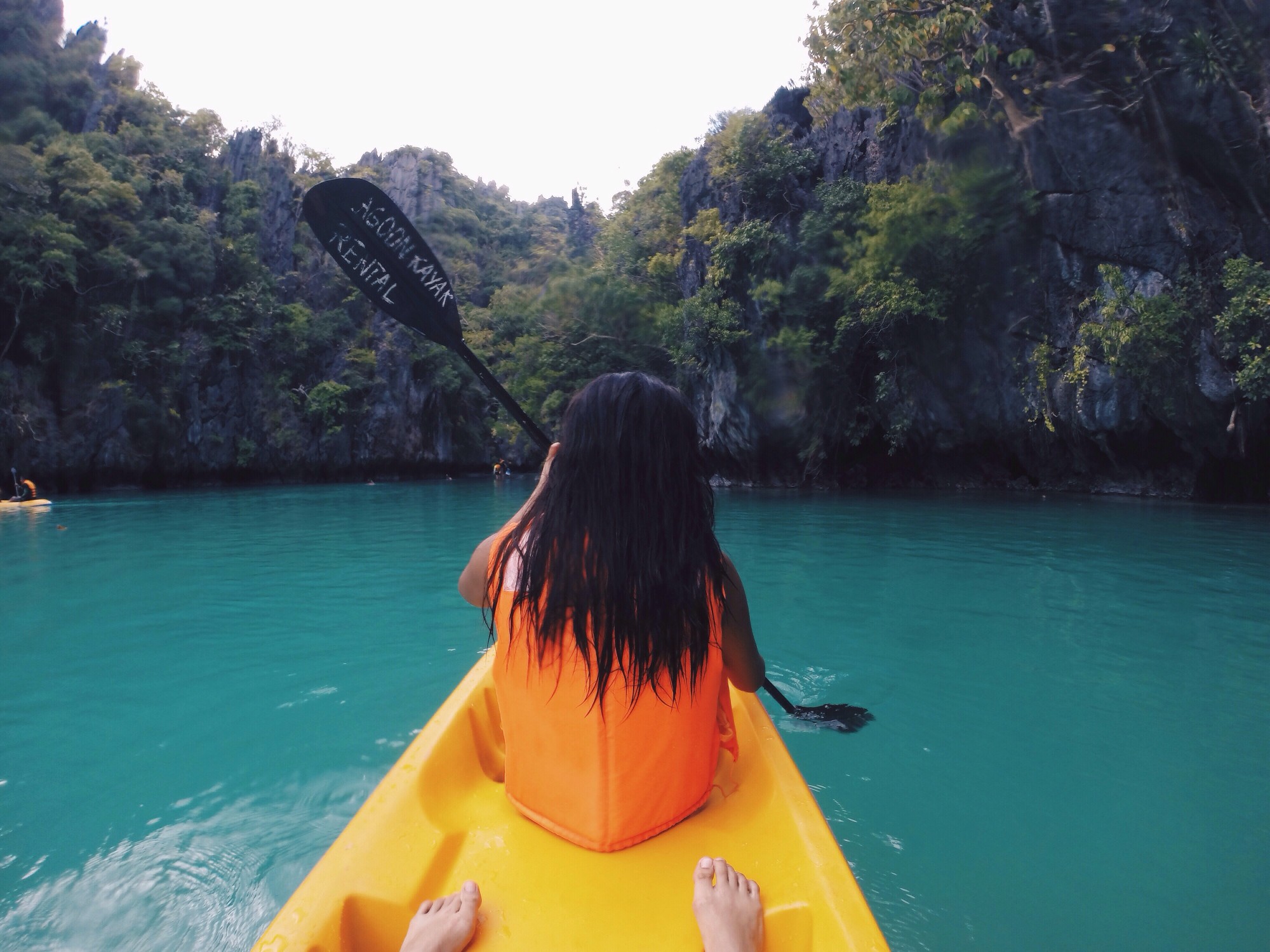
Take to the water! Canoeing is perfect for navigating rivers and waterways at your own pace, with just the sounds of nature and paddles entering the water around you.
There are lots of canoe-hire companies out there that will also provide you with the needed life jackets. Remember to take a hat, sunscreen, and sunglasses too.
Before heading out, consider the following:
- The weather conditions
- How far you plan to travel
- How fast the river is flowing and specific sections that will require greater attention
Benefits:
- An extremely social activity; great with friends or family
- Passing through gorges or forests, the landscape takes on a whole new form
- You can stop along the way to relax, capture the moment… or cool off!
Whatever the activity that you discover this summer, enjoy it. You can even track it with the Health Mate app, so you’ll have proof of all the fun you’ve been having!



